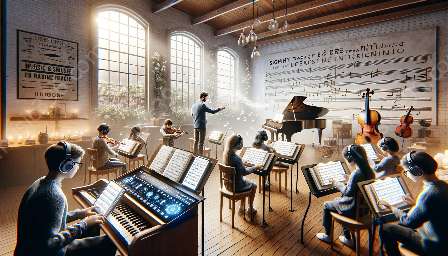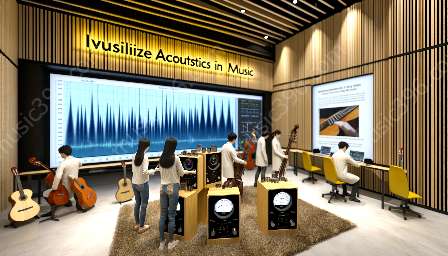In piano pedagogy, improvisation plays a crucial role in developing the creativity, musicality, and overall musicianship of students. It is an essential component of music education that allows students to explore and express their unique musical voice. This topic cluster will explore the significance of improvisation in piano pedagogy and provide insights into effectively teaching this skill.
Understanding the Role of Improvisation in Piano Pedagogy
Improvisation is an integral part of musical expression and has been a fundamental practice in the history of music. In piano pedagogy, it serves as a means for students to develop their musicality, spontaneity, and interpretative skills. By engaging in improvisational activities, students can experience the freedom of musical expression and develop a deeper understanding of music theory and harmony.
Furthermore, improvisation enhances a student's ability to listen and respond to musical elements, such as melody, rhythm, and harmony, in real-time. This skill is invaluable in developing an intuitive understanding of music and fosters a deeper connection to the music being performed.
Benefits of Teaching Improvisation in Piano Pedagogy
Integrating improvisation into piano pedagogy offers numerous benefits for students. It encourages creativity, improvisational thinking, and the ability to think on their feet. It also cultivates a deeper connection to the music they are playing and allows for greater artistic expression.
Additionally, improvisation fosters a deeper understanding of musical structure, form, and style. Students develop a heightened sense of musical awareness and develop the skills necessary to communicate emotions and ideas through their playing.
Effective Teaching Methods for Improvisation
When teaching improvisation in piano pedagogy, it is essential to create a supportive and nurturing environment that encourages exploration and experimentation. Here are some effective teaching methods:
- Structured Improvisation Exercises: Provide students with structured improvisation exercises that gradually introduce different musical elements, such as rhythm, melody, and harmony. This allows students to build their improvisational skills in a systematic manner.
- Listening and Analysis: Encourage students to listen to various styles of music and analyze the improvisational techniques used by different musicians. This helps them develop a deeper understanding of musical language and stylistic nuances.
- Music Theory Integration: Integrate improvisation with music theory concepts, such as scales, chords, and harmonic progressions. This provides students with a solid foundation for improvisational exploration.
- Performance Opportunities: Provide students with opportunities to showcase their improvisational skills through performances, recitals, or informal gatherings. This helps build confidence and allows students to share their musical creations with others.
Conclusion
Improvisation is a vital component of piano pedagogy that enriches students' musical experiences and fosters their artistic development. By incorporating improvisation into piano education and implementing effective teaching methods, instructors can empower students to develop their creativity, musicality, and overall musicianship.















